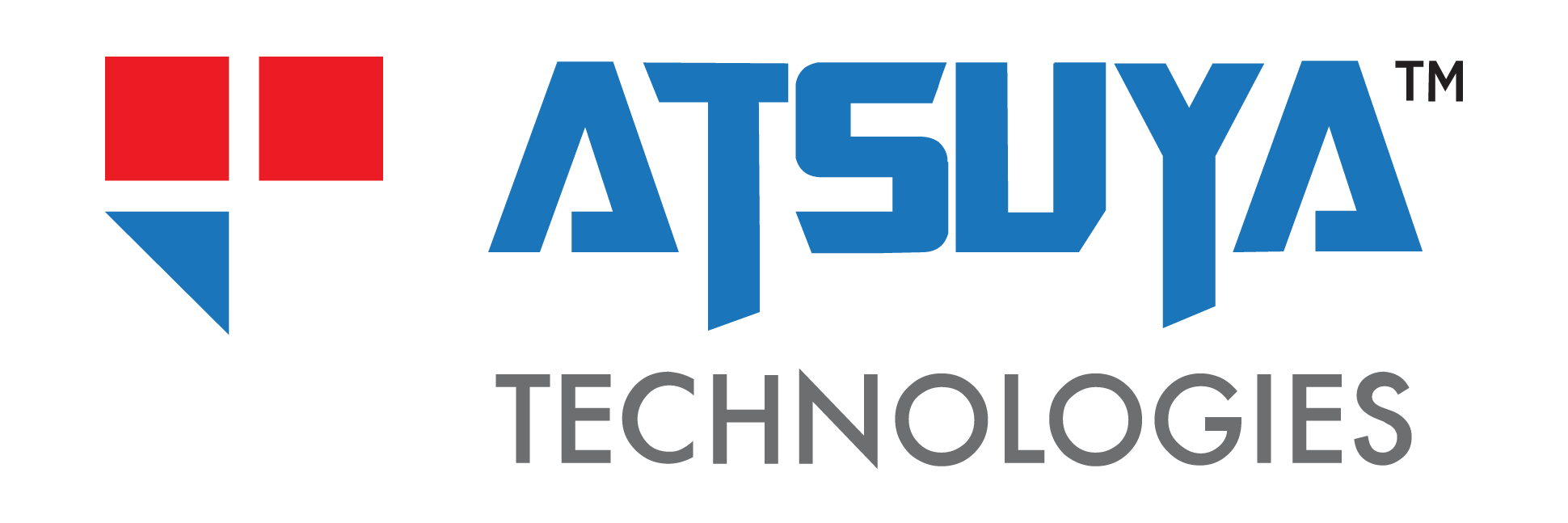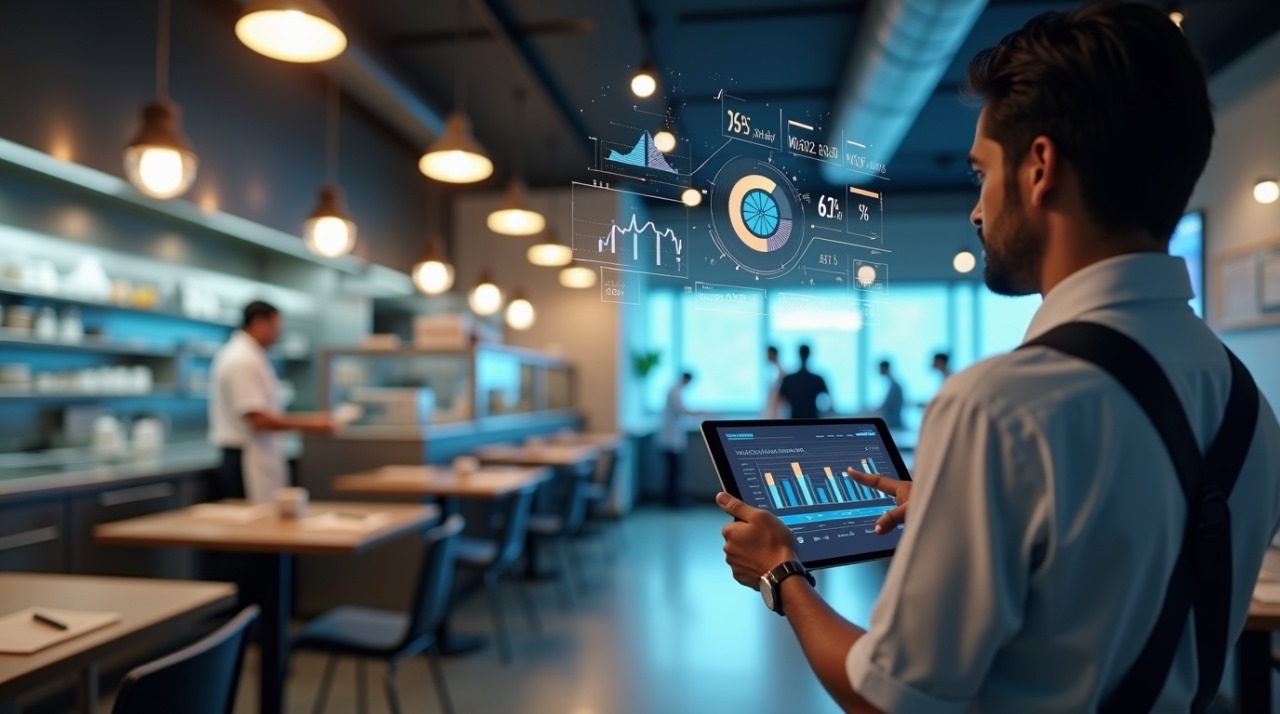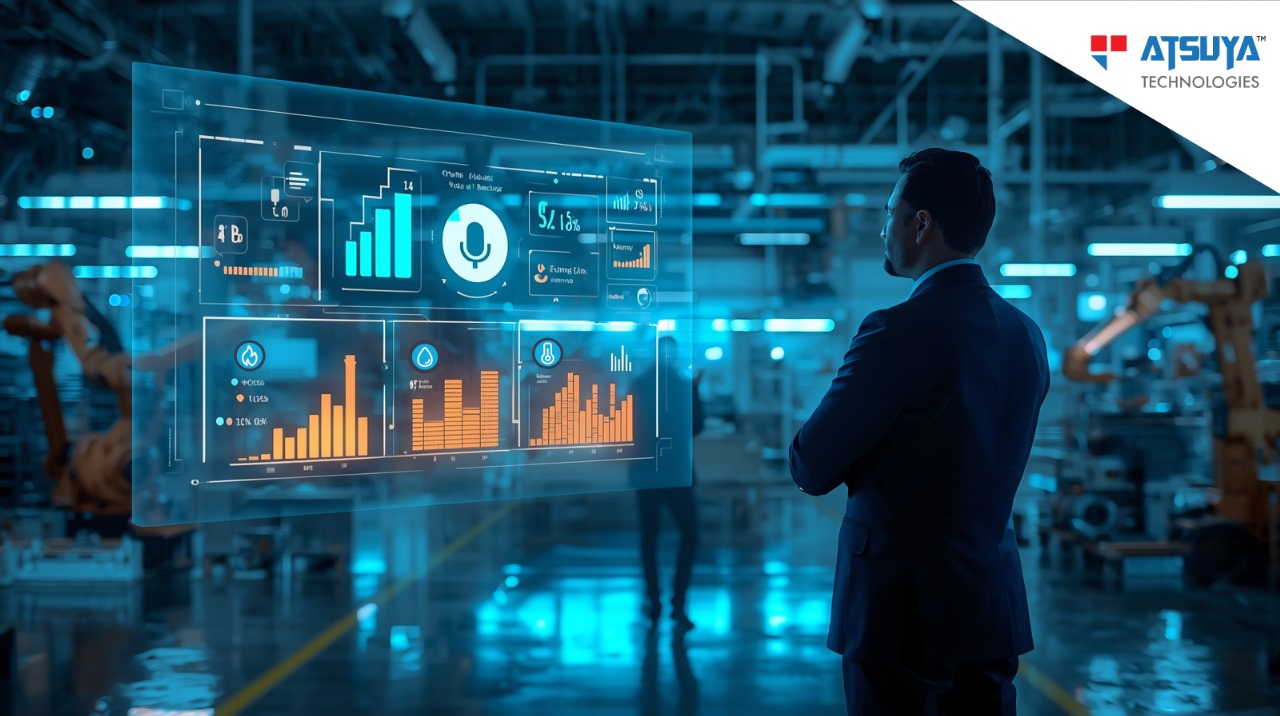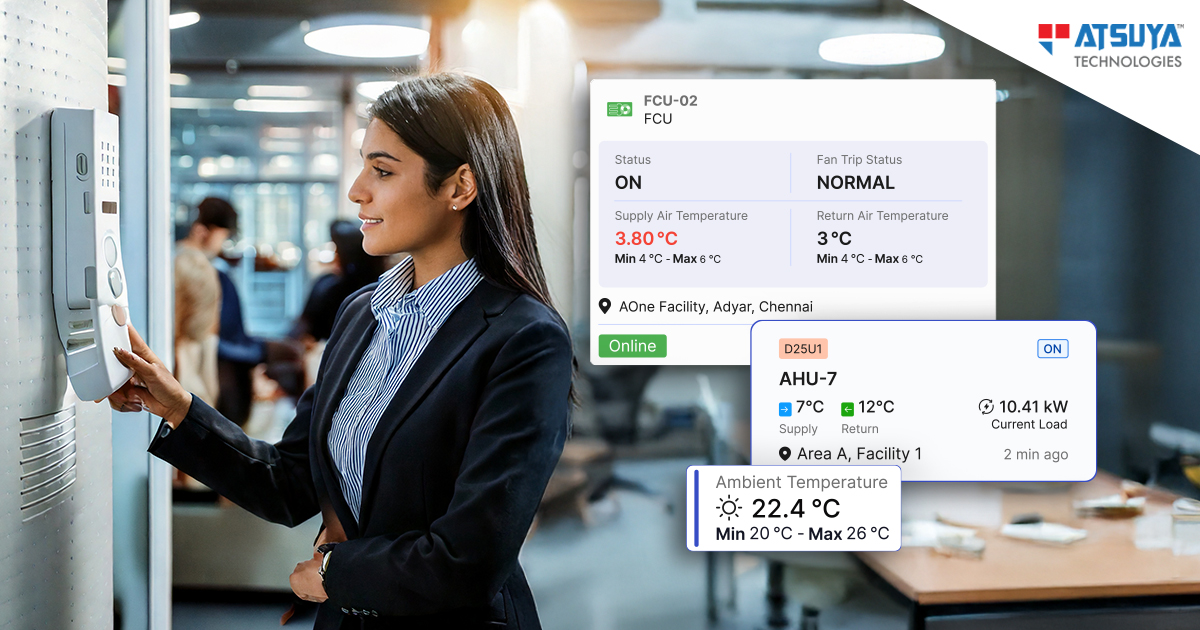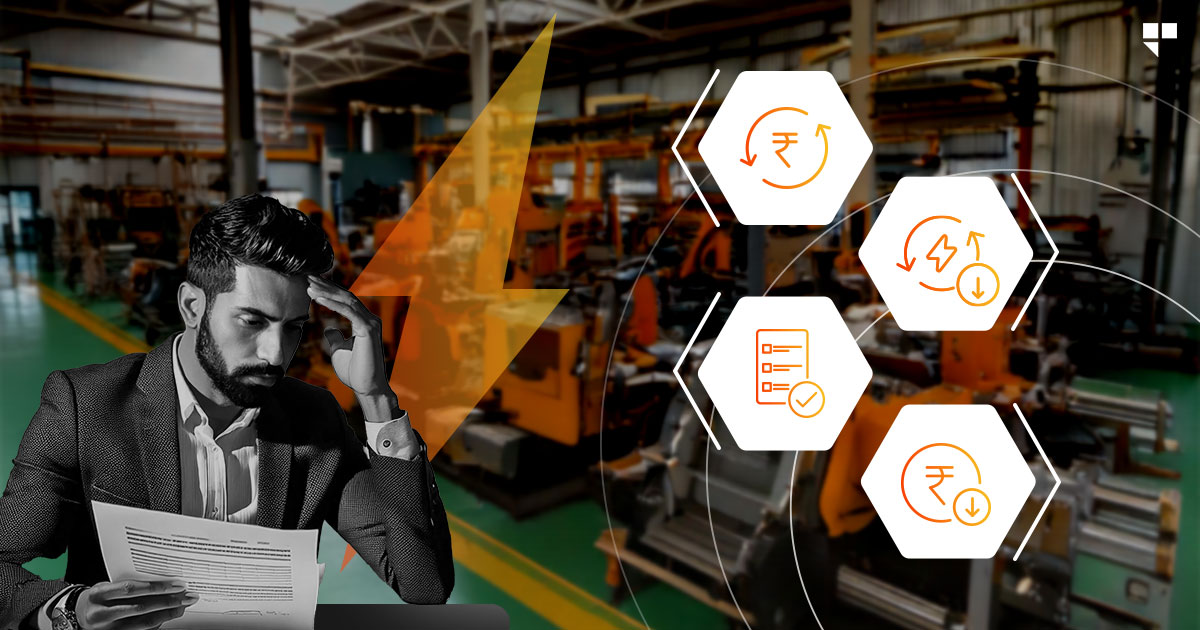
Fresh produce has been the most desired form of food worldwide, with a heightened emphasis on the need for ‘freshness’. Consumers demand freshness, food safety, and nutrition information about the food products they buy – be it from a physical brick-and-mortar store or online store. This food security is an integral need for all of us alike, and while this is important, what is equally important is that it is sustainable.
Wastage of fresh produce has been a talking point in all food forums. Due to climate change and energy demands, food storage has become a cost-intensive process. Often retail chains lose produce due to a lack of understanding of the basics like using special storage conditions effectively. Loss of food produce is beyond just a commercial loss; it is a loss in ensuring food security for all. Sustainable food security is possible only if there are quantifiable measures to define our efforts and outcomes.
The Internet of Things (IoT) is an excellent and robust tool to implement from farm to fork to define progress and quality in the food chain maintaining trust and transparency for all stakeholders. This blog will discuss how the technology ruling the Industry 4.0 wave can be deployed to ensure food freshness and security in retail chains. Read on!
IoT for Food Security and Freshness In Retail
In retail, IoT can help monitor and manage the handling, storage, and transportation of food. Implementing IoT solutions can help retailers ensure food products are stored and transported under optimal conditions and reduce the risk of food spoilage and contamination.
The various areas of use of IoT in the retail chain for food supply are:
◉ Traceability starting at the farm level, indicates the time of harvest, post-harvest management steps, and quality at the time of shipping produce from farms to the supply chain. This is a critical process that provides detailed information on the entire journey of the food, from being the produce to becoming the product, to being sold. Traceability ensures the quality and safety of the product throughout the supply chain and helps maintain its integrity, while also addressing potential quality and safety issues that may arise.
◉ Inventory management ensures that stores in the supply chain are neither overstocked nor understocked. IoT devices like smart sensors and RFID tags can significantly enhance this process by providing real-time data on inventory and tracking goods. IoT-based inventory management helps reduce waste, maintain product quality, and ensure the freshness and safety of food products.
◉ Temperature is the most basic of requirements to ensure the reduction of spoilage of products and produce. The best way to make this requirement seamless is by the use of IoT in the process. Fluctuations in power supply and often even the health of refrigerators and ambient temperature monitoring contribute more than what we understand as consumers to the freshness and safety of foods at stores.
◉ Storage and stacking of food in a retail chain depends on factors such as density of food, produce which evolves ethylene as they ripen, relative humidity of the environment, etc. Just stacking produce right can prevent losses. Stacking produces too high into cold storage and often compromises the temperature of the highest stacked produce. When one piece of fruit or vegetable spoils, it tends to create biological circumstances that cause most of the produce kept in its vicinity to spoil. IoT devices can be developed to understand the integrated storage system spanning the gas composition of the storage area, relative humidity, and in particular, the density of stacks. Integrated IoT devices in storage areas bring a tremendous scope of saving produce from spoilage.
◉ Customer experience today is driven by refrigerators at home powered by IoT to declare when shopping needs to be done to smart carts at shopping malls to advise what products and produce to buy and in what quantities as per the past data analysed by intelligent devices. Often even automatic checkouts and home deliveries are aligned by IoT devices making food consumption fresher and more nutritious.
◉ IoT devices work both ways, it not only helps consumers it helps producers too. With intelligent monitoring of consumer behavior from their footfall or reviews online of products to purchasing behavior patterns, producers now have access to data to realign goods to suit consumer food behavior patterns. This data also helps stores offer dynamic pricing to drive consumer purchase patterns to reduce wastage and keep a tight vigil on expiry dates.
IoT integration in retail chains can help retailers effectively tackle the challenges of food freshness, safety, and sustainability. Retailers can ensure their food products are handled with care, from the farm, through transportation, and to the fork. This reduces food wastage while enhancing the quality and safety of the food sold. With the growing demand for fresh and safe food, adopting IoT in retail chains is no longer a choice, but a necessity. Embracing IoT in retail can improve efficiency, reduce costs, and pave the way for sustainable food security in the long run.
If you are looking to deploy IoT in your retail business, AOne™ is what you need. Our IoT-based suite of solutions helps facilitate food traceability, temperature control, and compliance in the retail industry. For more details on how to achieve retail excellence with AOne™, visit www.atsuyatech.com!
